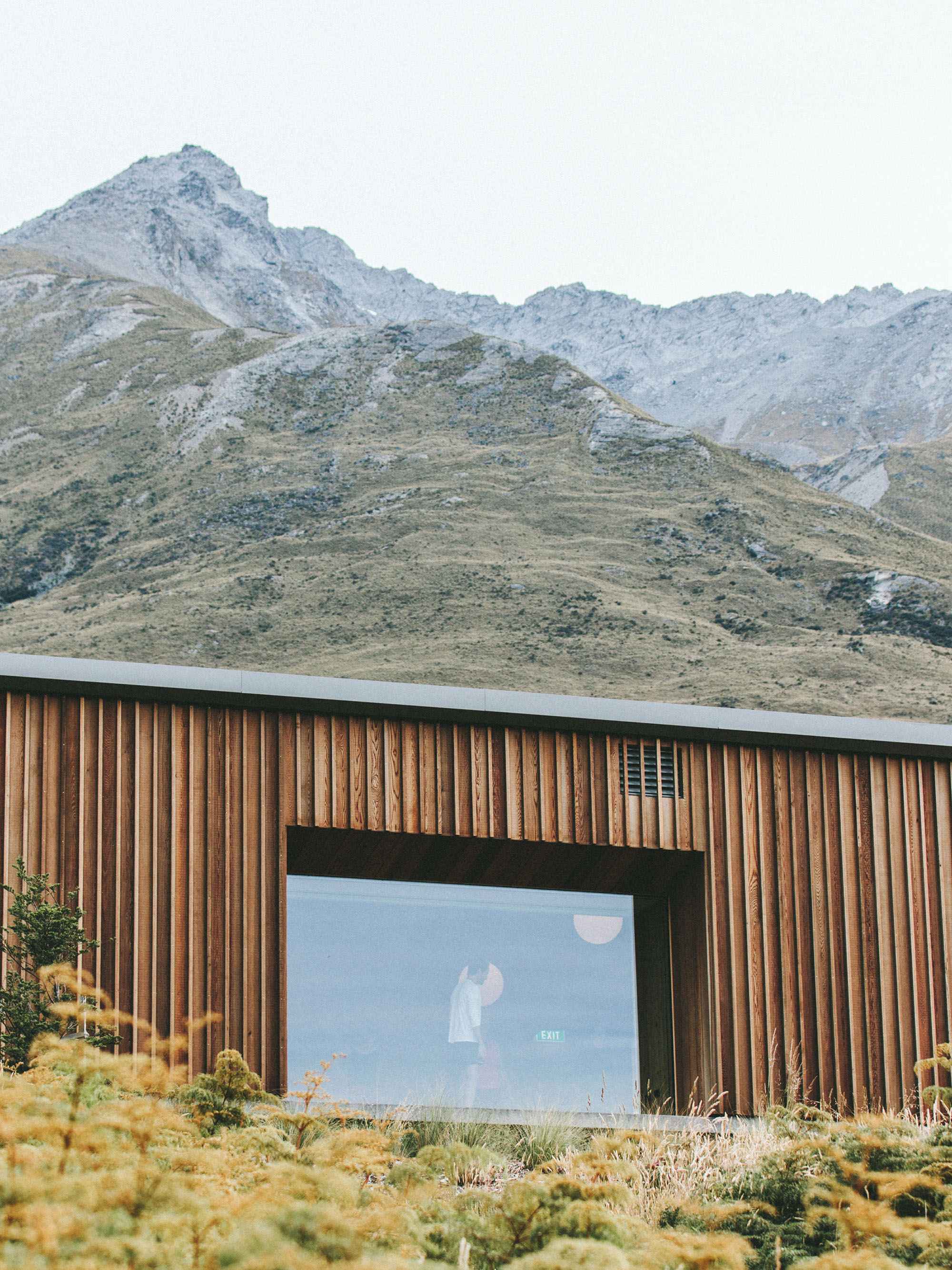The
cradle of wine
Adjara
✶
Guria
✶
Imereti
✶
Kakheti
✶
Kartli
✶
Lechkhumi
✶
Meskheti
✶
Racha
✶
Samegrelo
Adjara ✶ Guria ✶ Imereti ✶ Kakheti ✶ Kartli ✶ Lechkhumi ✶ Meskheti ✶ Racha ✶ Samegrelo
about georgian wine
◎
The History
This small country, of high mountains and huge hearts, has an unbroken wine making heritage of 8,000 years. ‘Mother Georgia’ – the symbolic statue of the nation that overlooks the capital city – is pictured holding a wine cup and a sword. Georgia is a country of wine, of poetry, of fierce spirit, of plucky scrum halves, and of sublime food. Wine is in the blood. But Georgia’s strategic location – on the silk route, bounded by powerful and sometimes covetous neighbours – has interrupted her undoubted potential for making world-class wine.
❋
The Variety
Georgian grape names are nearly always descriptive of their appearance or flavour, reflecting the historic widespread viticulture of the country. Georgia has at least 500 native varieties, but most were almost wiped out during Soviet times, when consolidation and efficiency replaced the naturally diverse, regional and individualistic Georgian wine culture. Today, around 45 varieties are commercially produced, but the Georgian government is on a mission to save and reintroduce the old grapes.
◎
The Regions
Georgian wine production has an established European-style regulatory structure. Just as in France, Italy and Spain, Georgian winemakers work within a quality system that rewards quality, prevents fraud, and regulates Protected Designation of Origin (PDO wines). Just as you have Chablis in France that must be produced in designated vineyards of the Chablis region using a designated grape (Chardonnay), in Georgia you have Tsinandali, a crisp white that must be produced in the Tsinandali region from specified grapes of Rkatsiteli and Mtsvane.
♠
The Qvevri Method
Georgian Qvevri are egg-shaped clay vessels used for millennia to make wine. Designated by Unesco as Intangible Cultural Heritage, Qvevri are treasured by Georgians as a living link to their long vocation as winemakers, as a symbol of resilience and identity, and as tools in making their most distinctive wines..
featured news & articles
-

The Georgian Supra:
A Feast of Unity, Tradition, and the Toast to Peace
As we prepare for our Christmas dinners and the joys of cooking and eating during our festive season, we wanted to talk about the Georgian supra. The supra is a traditional and ritualistic feast that is a cornerstone of Georgian culture, symbolizing hospitality, unity, and shared values. Central to the supra is the art of toasting, a ritual that blends poetic eloquence with profound cultural significance. These toasts, led by a designated toastmaster, the tamada, encapsulate the essence of the gathering and serve as a vehicle for expressing gratitude, wisdom, and communal bonds.
-

our newest stockist:
266 Wines
33 Bedford St, London WC2E 9ED266 is an importer of wine established in 2019. The team consists of founder Ben and his two business partners plus their amazing back office help. They purposefully avoid dogma in terms of wine style, instead looking for bottles that they feel are authentic expressions of the place and people that create them. They focus on smaller growers who farm their vineyards with care and respect for the environment but most importantly, offer quality, value, and uniqueness to our customers.
-

Don't call them amphorae:
While ‘amphora wine’ is increasingly common as a term for wines made in clay, calling a qvevri an ‘amphora’ will have you corrected by a Georgian. (Quite sharply: they revere them.) Amphorae were the shopping bags of the ancient world: portable and designed for transportation. Qvevri hold more craft, intent and significance. They are original wine engineering: designed using (probably) empirical science to craft stable, balanced, and delicious wine.
The craftsmanship of making Qvevri is compelling. Soil is dug from sites whose suitability has been established over time. This fresh soil is seasoned outside, and filtered to remove stones, sticks and leaves, and milled fine when the clay texture shows itself.





Donec id justo non metus auctor commodo ut quis enim. Mauris fringilla dolor vel condimentum imperdiet.